Car
Can I Add A Backup Camera To My Vehicle?
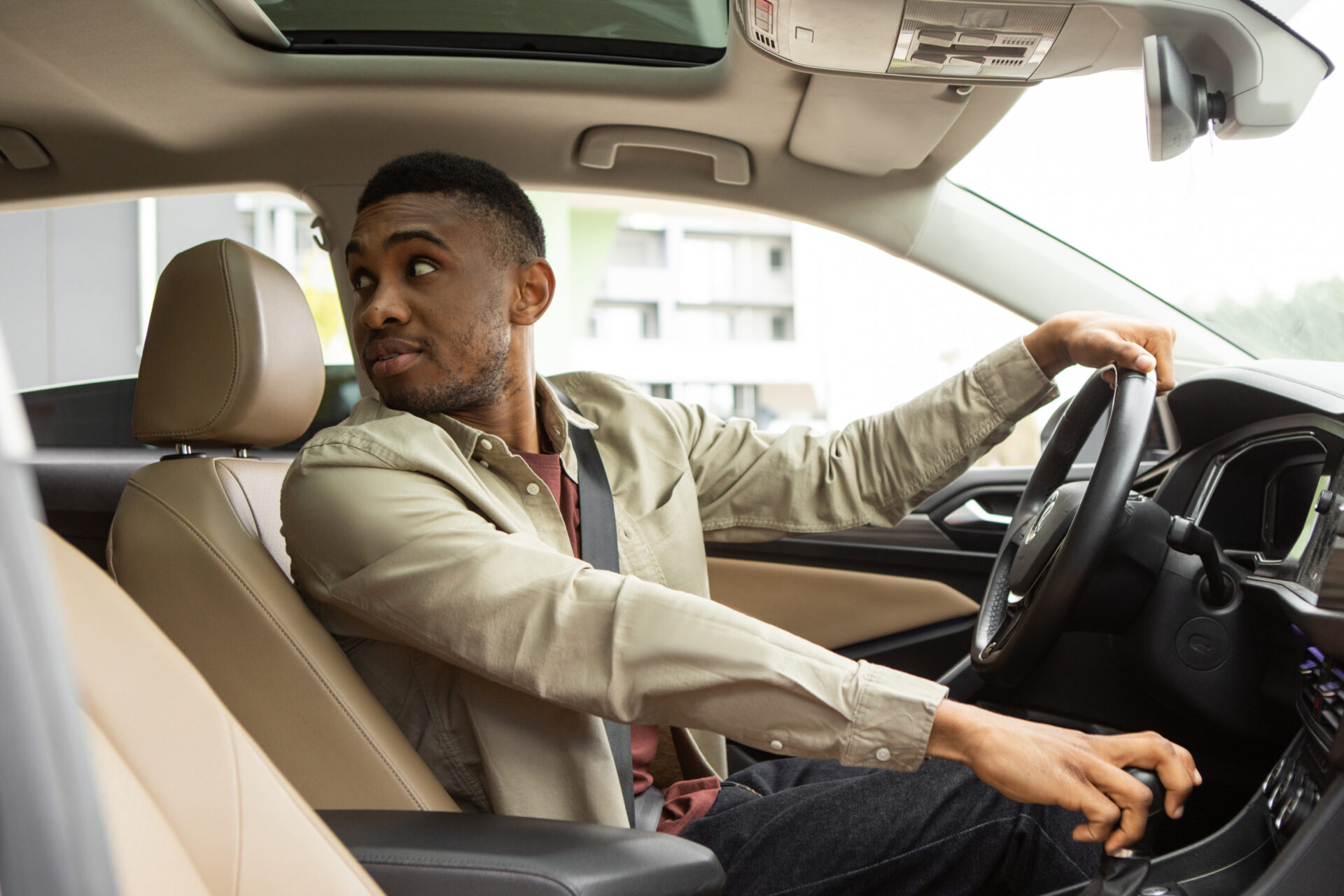
Adding a backup camera to a vehicle can significantly enhance safety and convenience while driving. In this blog post, we’ll explore various methods to install a backup camera, catering to different preferences and vehicle setups.
The Need for a Backup Camera
Firstly, let’s address why adding a backup camera is beneficial. Rearview cameras provide a clear view of what’s behind your vehicle, reducing blind spots and assisting in parking or reversing. They enhance safety by preventing accidents and aiding in navigating tight spaces.
Methods of Installation
1. Using an Aftermarket Radio
One way to incorporate a backup camera is by installing an aftermarket radio equipped with a screen that supports camera input. Many modern aftermarket radios come with a screen designed to display video feed from a rearview camera. This setup usually requires professional installation, but it’s a seamless way to integrate the camera feed into your dashboard.
2. Integration with Current Radio (with Adapters)
For vehicles equipped with a factory-installed radio, it’s possible to add a backup camera by using adapters or interface modules. These adapters bridge the gap between the existing radio and the backup camera, allowing for a compatible connection. While this method might require more technical expertise or specific parts, it can be a cost-effective solution compared to replacing the entire radio unit.
3. Separate External Screen
Alternatively, some prefer to install a separate screen dedicated solely to displaying the backup camera feed. This approach involves mounting a screen, often on the dashboard or rearview mirror, to view the camera output. It offers flexibility in choosing the screen size and placement but may involve additional wiring and installation work.
Considerations and Recommendations
Compatibility and Professional Installation
Before proceeding with any method, it’s crucial to ensure compatibility between the camera, screen, and your vehicle’s electrical system. Seeking professional help or consulting a knowledgeable technician can streamline the installation process and prevent compatibility issues.
Quality of Components
Investing in quality components, including the camera and connecting cables, ensures reliability and durability. Weatherproof cameras designed for outdoor use are recommended for longevity, especially considering varying weather conditions.
Legal and Safety Considerations
Check local regulations regarding the use and installation of backup cameras. Some jurisdictions have specific guidelines on placement, display, and usage of such devices to ensure they comply with safety standards.
Adding a backup camera to your vehicle is a valuable upgrade that enhances safety and convenience while driving. Whether integrating it with an aftermarket radio, current radio with adapters, or opting for a separate external screen, the choice depends on personal preference, budget, and vehicle compatibility. Professional installation and using quality components are key to a successful and reliable setup.

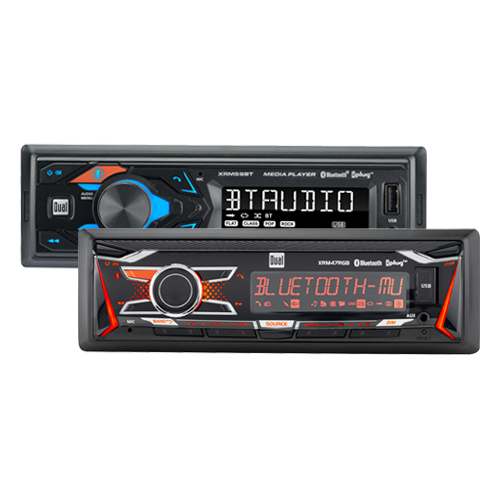
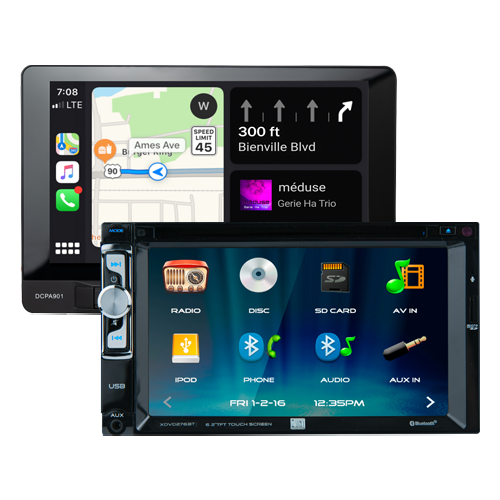
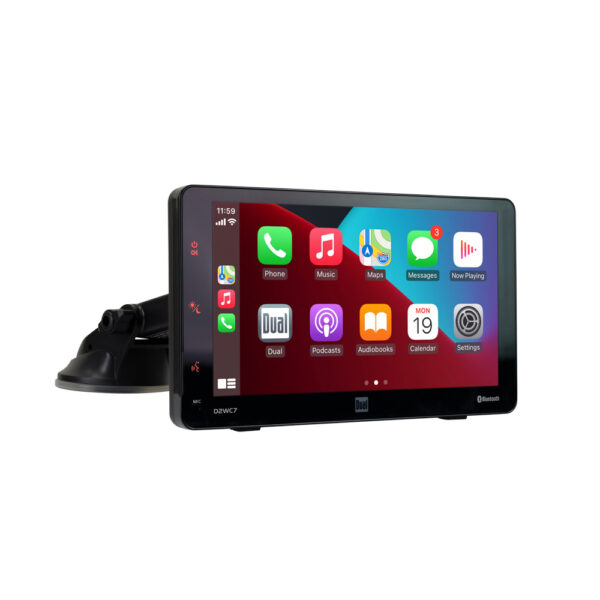
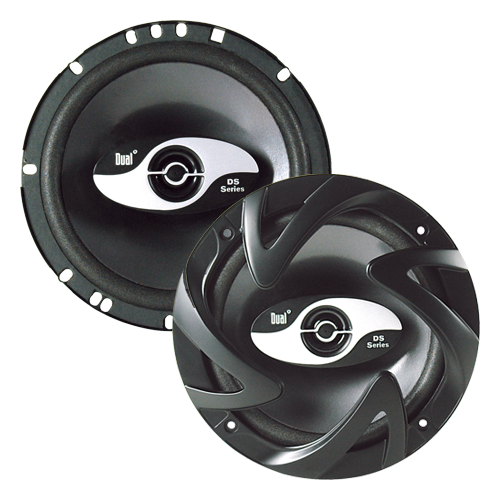
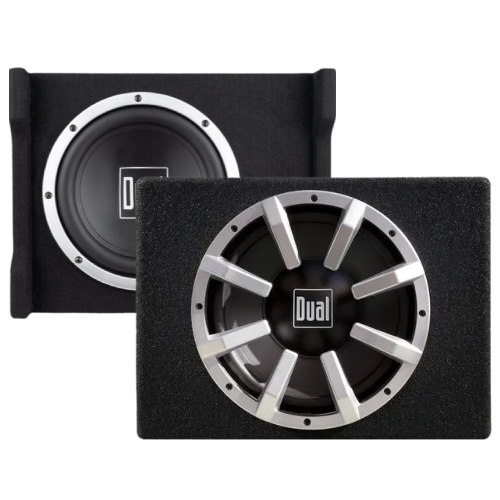
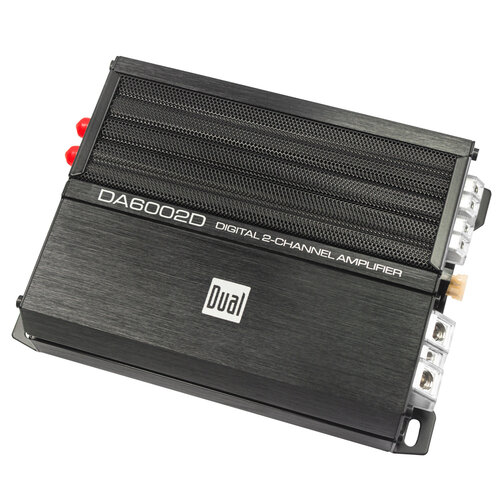
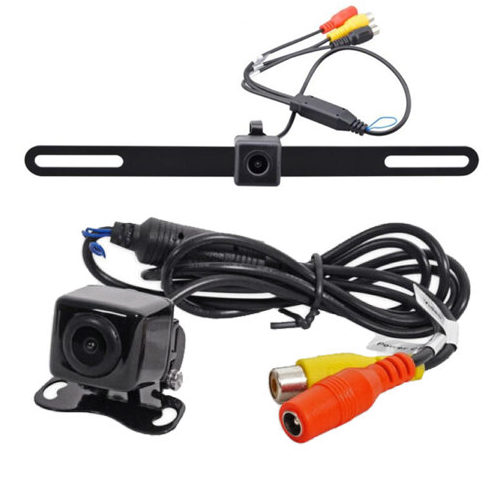
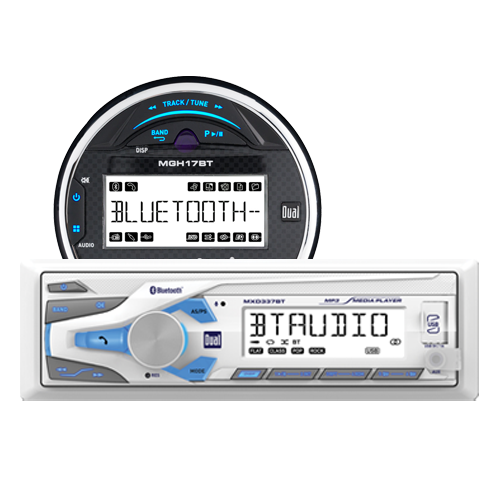
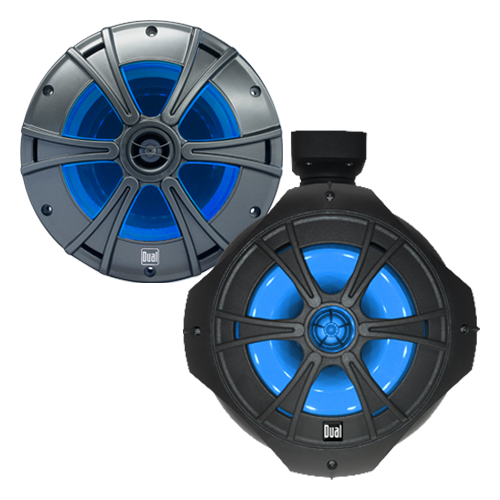
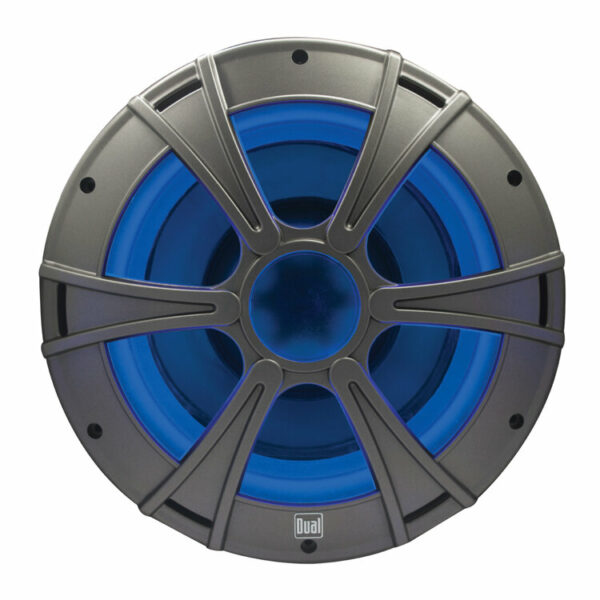
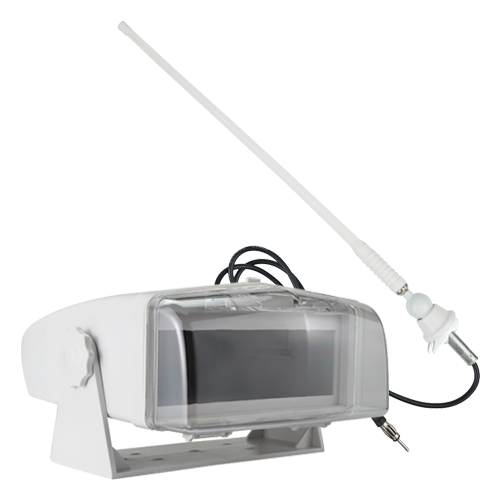
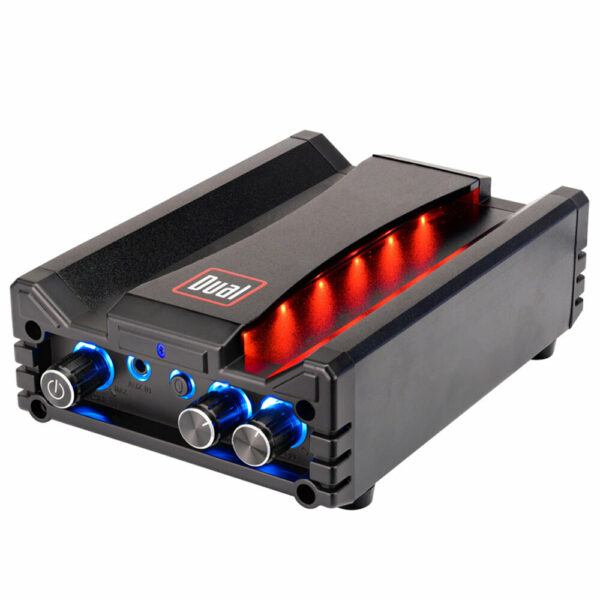
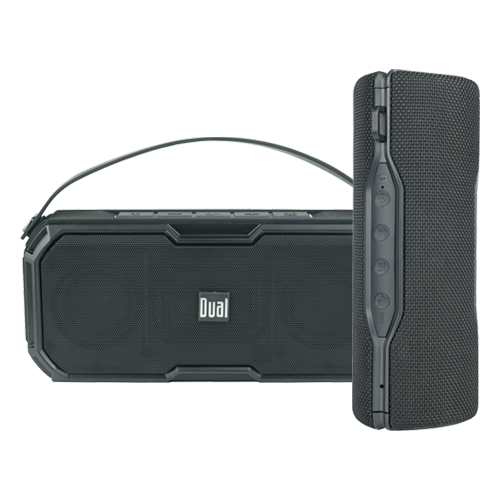
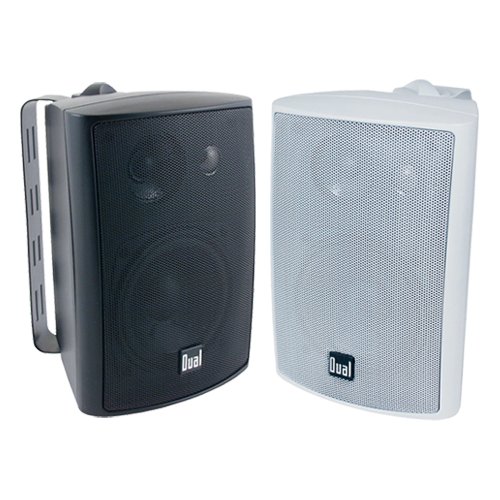
Car
The Impact of Speaker Size on Sound Quality in Car Audio Systems
Home
TV Sound Bar Maintenance: Tips for Longevity
Car
5 Signs It’s Time to Upgrade Your Car Stereo System
Home
Top 10 TV Sound Bars of 2024: Reviews and Recommendations